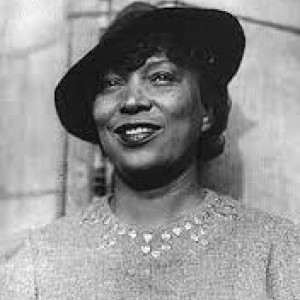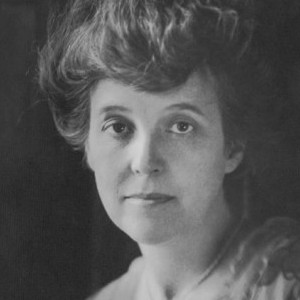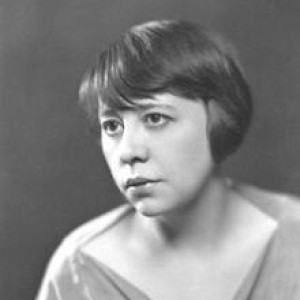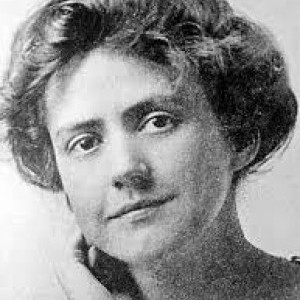Sallie Bingham Projects: Caroline R. Hill, Ohio State University, Part I
From its conception, She, Too, Sings America was meant to create a space for actors of color who rarely have the opportunity to represent their own stories in educational theatre. However, as a white director, I did my best to acknowledge the strange conundrum that represents; in that sense, I endeavored to act as a facilitator above all else.
My role throughout this process has been to be as hands-off as possible. From the beginning of this production, I tried to be as sensitive as possible to my positionality as a white director bringing these pieces to life. The white supremacist system which these playwrights were writing against not only benefits me but is so insidious that its innerworkings are obscured even to the people it privileges, meaning that I am constantly unlearning prejudice. The goal of this project from the very beginning was to elevate other voices that our white-centric Western canon often excludes, so my first question to myself was: What is my role as a director of this project? From this question, my goal became to create an environment for my cast to be heard—and listened to—by the audience. Instead of worrying about complicated blocking and stage directions, I wanted to focus my efforts on the cast and their emotional state.
Throughout the casting process, Aviva and I made sure to articulate that we were looking for collaborators who would not be afraid to share their feelings and ideas within the rehearsal space. We made sure to communicate to the actors how indispensable their feedback would be to us before we ever stepped into the rehearsal space. All of our auditions included conversations with the actors about the emotionally difficult material they would be asked to read and re-read, and then communicate it to the audience.
With the strong foundation we made during the audition process, the rehearsal process became that much easier. All of our actors came into rehearsal with the understanding that it was a “safe” space—or as safe as we could make it—in which they could truly communicate their responses to the texts we read without judgement. Additionally, much of the early rehearsal process included a strong focus on the historical context and messaging of these plays and how they translate to our contemporary world. I believe that this method of rehearsal was extremely fruitful in getting the actors fully engaged and interested in their characters. We also took care to ensure that warm-ups and cool-downs were a regular part of the routine as a means of relaxing and getting ready to get into character and get working.
















